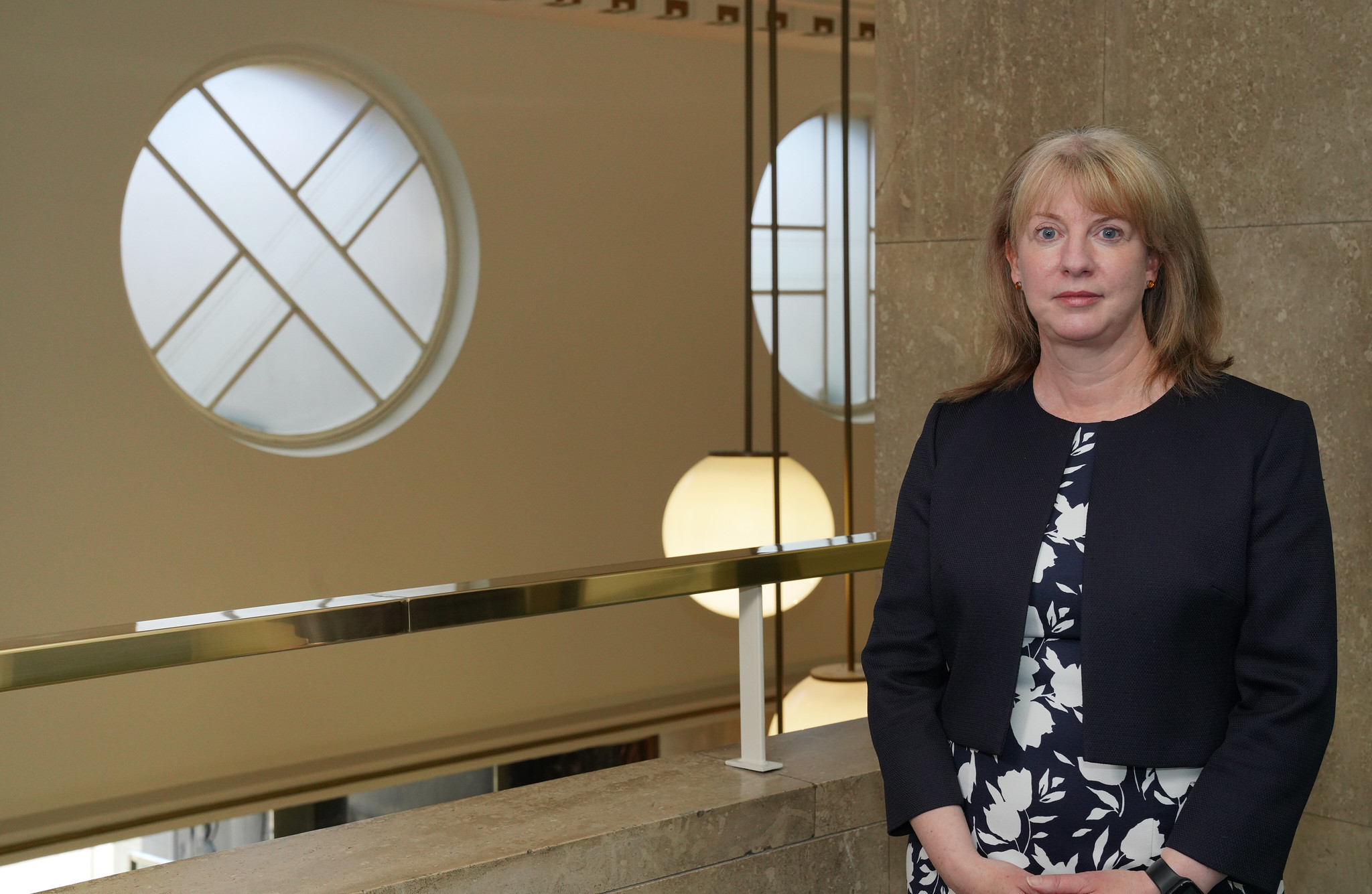Homelessness applications fall but households in temporary accommodation on the rise
Housing secretary Shona Robison said today that ensuring people in temporary accommodation are supported into permanent settled accommodation as soon as possible is the Scottish Government’s “utmost objective” after new figures revealed a 12% increase in households in temporary accommodation over the last year.

Shona Robison
Speaking on the release of the Homelessness Statistics 2020/21, Ms Robison said efforts to move hundreds of people from the streets and night shelters into a place of safety had contributed to the increase and that £37.5 million is being invested to support councils to prioritise settled accommodation for those impacted.
Findings for that period show that there were 13,097 households in temporary accommodation at 31 March 2021 - a 12% increase compared to 11,665 at 31 March 2020. This reached a peak of 14,151 at 30 September 2020.
Elsewhere, there were 33,792 applications for homelessness assistance - a decrease of 3,251 (9%) compared with 2019/20, while 27,571 households were assessed as homeless or threatened with homelessness - a decrease of 4,010 (13%) compared to 2019/20.
While the number of applications fell, there was also a reduction in the number of cases closed. As a result, the number of open homelessness cases at 31 March 2021 reached 25,226, a 10% increase compared to 31 March 2020. This peaked at 27,058 as at 30 September 2020.
The most common reasons for making an application were ‘Asked to leave’ (27% vs 24% the previous year), ‘Dispute within the household/relationship: non-violent (22% vs 19% the previous year) and ‘Dispute within the household: violent or abusive’ (14% vs 13% the previous year).
There was a notable decrease in households becoming homeless from a private rented tenancy – a drop of 2,161 (42%) from 5,145 to 2,984. 11% of households assessed as homeless in this period gave this as their previous accommodation type, compared to 16% in the same period in 2020. This may be due to a reduction in the number of evictions due to emergency coronavirus legislation temporarily extending eviction notice periods.
In Edinburgh alone, there was a 44% reduction in households assessed as homeless in 2020/21 compared to 2019/20, from 3,402 to 1,912. This was largely due to a 67% reduction from a private rented tenancy (264 in 2020/21 compared to 802 in 2019/20) compared to 42% nationally. In addition, Edinburgh also experienced a decrease of those becoming homeless from either ‘parental/family home/relatives’ or ‘friends/partners’ of 35% (from 1,532 to 1,002) compared to a national increase of 7%.
Homelessness applications that closed in 2020/21 that used temporary accommodation spent 199 days in temporary accommodation on average. This increased from 187 days the previous year. There were 605 cases of households not being offered temporary accommodation in 2020/21 – a fall of 87% (from 4,590) compared to last year. 525 of these were in Edinburgh.
Around 80% of homeless households (18,313 out of 22,967) secured settled accommodation in 2020/21, increasing from 64% in 2002/03, and a drop from 83% last year. It took 248 days on average from assessment to closure in 2020/21 for cases assessed as homeless – an increase from 225 in 2019/20.
Around 58% of main applicants were male; 62% were aged 25-49; 70% were single person households; and 87% were of White ethnicity.
Housing secretary Shona Robison said: “Throughout the pandemic, the Scottish Government’s priority has been to keep people safe from coronavirus.
“We introduced protections to prevent evictions, which have contributed to a 42 per cent reduction in homelessness applications from the private rented sector.
“As recently as last week we announced a £10 million grant fund to support tenants who are struggling as a direct result of the pandemic.
“We also saw a huge effort by partners to work collectively and move hundreds of people from the streets and night shelters into a place of safety. The number of people sleeping rough in the areas where it was concentrated is now at a record low.
“Although this has contributed to an increase in the numbers in temporary accommodation, our utmost objective now is to step up our work with councils to ensure people are supported into permanent settled accommodation. We are investing £37.5 million to support councils to prioritise settled accommodation for all.
“I am glad we are starting to see reductions in number of open homeless cases and in the number of households in temporary accommodation since peaks in September 2020.
“We have pledged an extra £50 million to end homelessness and rough sleeping. Our updated Ending Homelessness Together action plan, published with COSLA in October 2020, renews our commitment and is strongly endorsed by stakeholders.
“We are taking firm action and this month revealed that 102,055 affordable homes have been delivered since April 2007, with 70,866 of these for social rent.
“We also plan to deliver another 100,000 affordable homes by 2032, with at least 70 per cent for social rent, as part of our Housing to 2040 strategy.”








